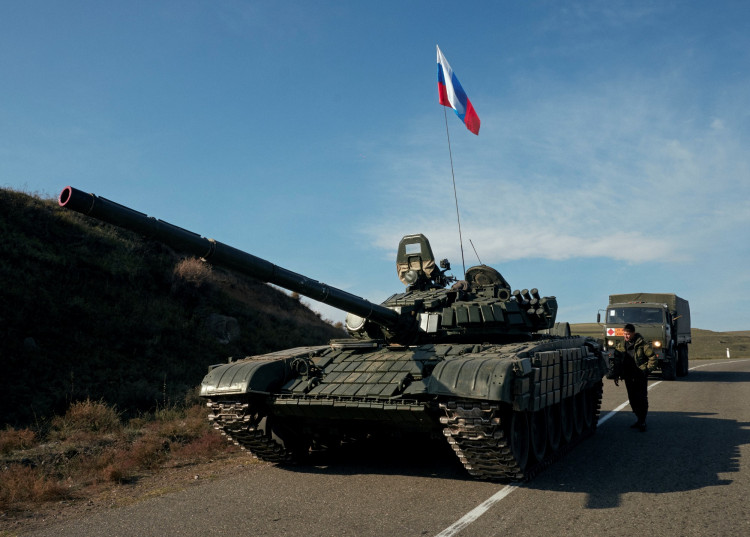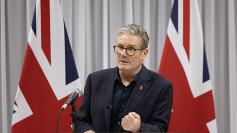Fighting in the breakaway region of Nagorno-Karabakh resumed between Azerbaijan and Armenia on Sunday in violation of a November cease fire - with both sides claiming injured and dead.
More than 5,000 soldiers and several hundred civilians have been killed over the past three months as the two countries fight for control over Nagorno-Karabakh, a mountainous area which lies in Azerbaijan but has an Armenian-majority population.
Over the weekend, the number of injured and dead rose again during a skirmish each side blamed the other for instigating. Armenian troops reported six wounded while Azeri forces said four of their soldiers were killed.
This brought an end to a cease fire signed ov. 9 that gave territory to Azerbaijan in an agreement described as "incredibly painful both for me and our people" by Armenian Prime Minister Nikol Pashinyan.
The decades-old conflict erupted again at the end of September 2020 when Azerbaijan launched a campaign to claim Karabakh. Since then, both countries have accused each other of breaching truce agreements with fighting breaking out periodically.
"[Armenia] must be very cautious and not plan any military action. This time, we will fully destroy them," said Azerbaijan President Ilham Aliyev at a meeting over the weekend with French and American diplomats.
The conflict is rooted in historical divisions between the predominantly Christian Armenians and the Turkic Muslim Azeris.
Relations between the two ethnic groups soured in the early 20th century after the Soviet Union carved out the Nagorno-Karabakh Autonomous Region - populated by Armenians - inside the Soviet-controlled Republic of Azerbaijan.
As the USSR fell apart in the late 1980s. So, too, did Armenian-Azeri relations.
Nagorno's parliament voted to join Armenia and declared itself an independent republic, resulting in a war that killed 30,000 before a tenuous truce was declared in 1994. Relative peace was maintained until September of this year.






